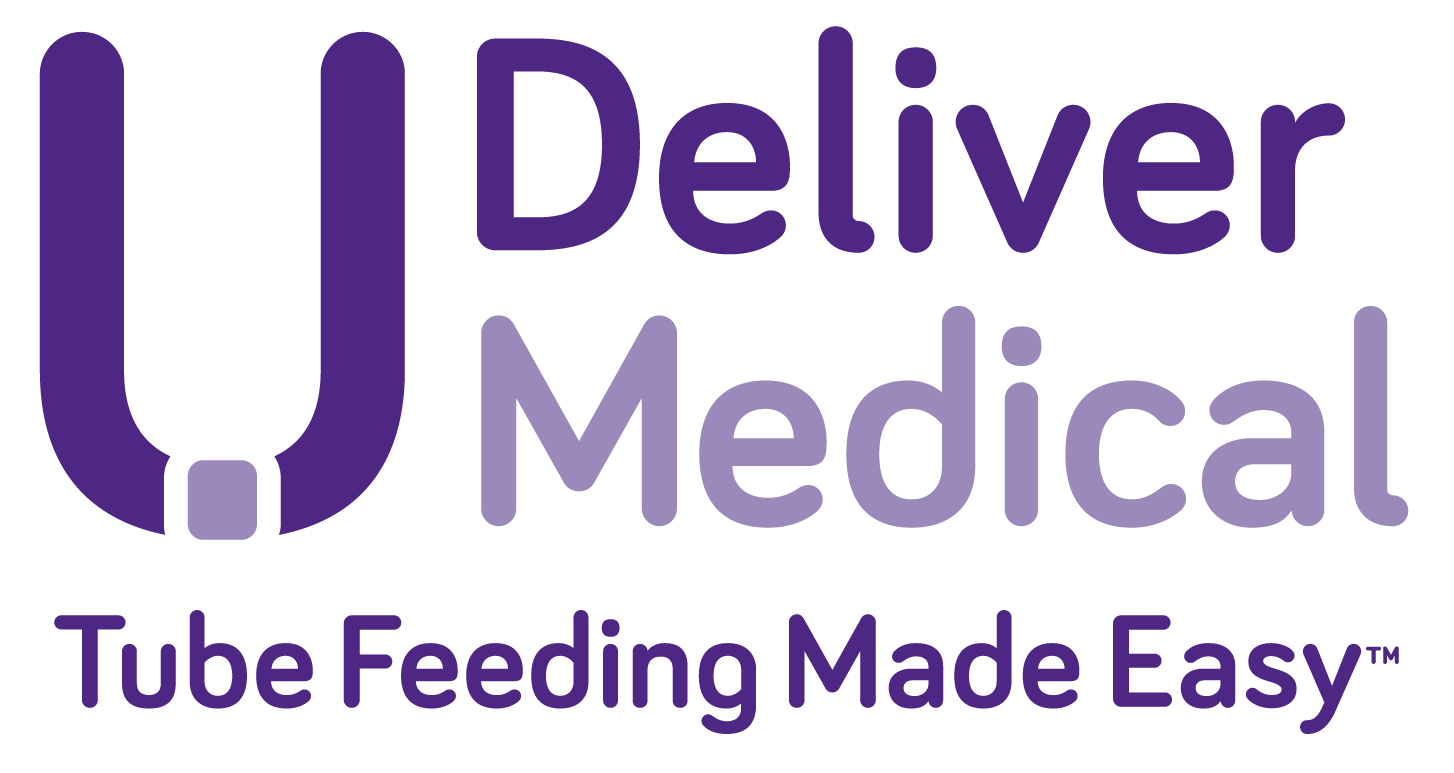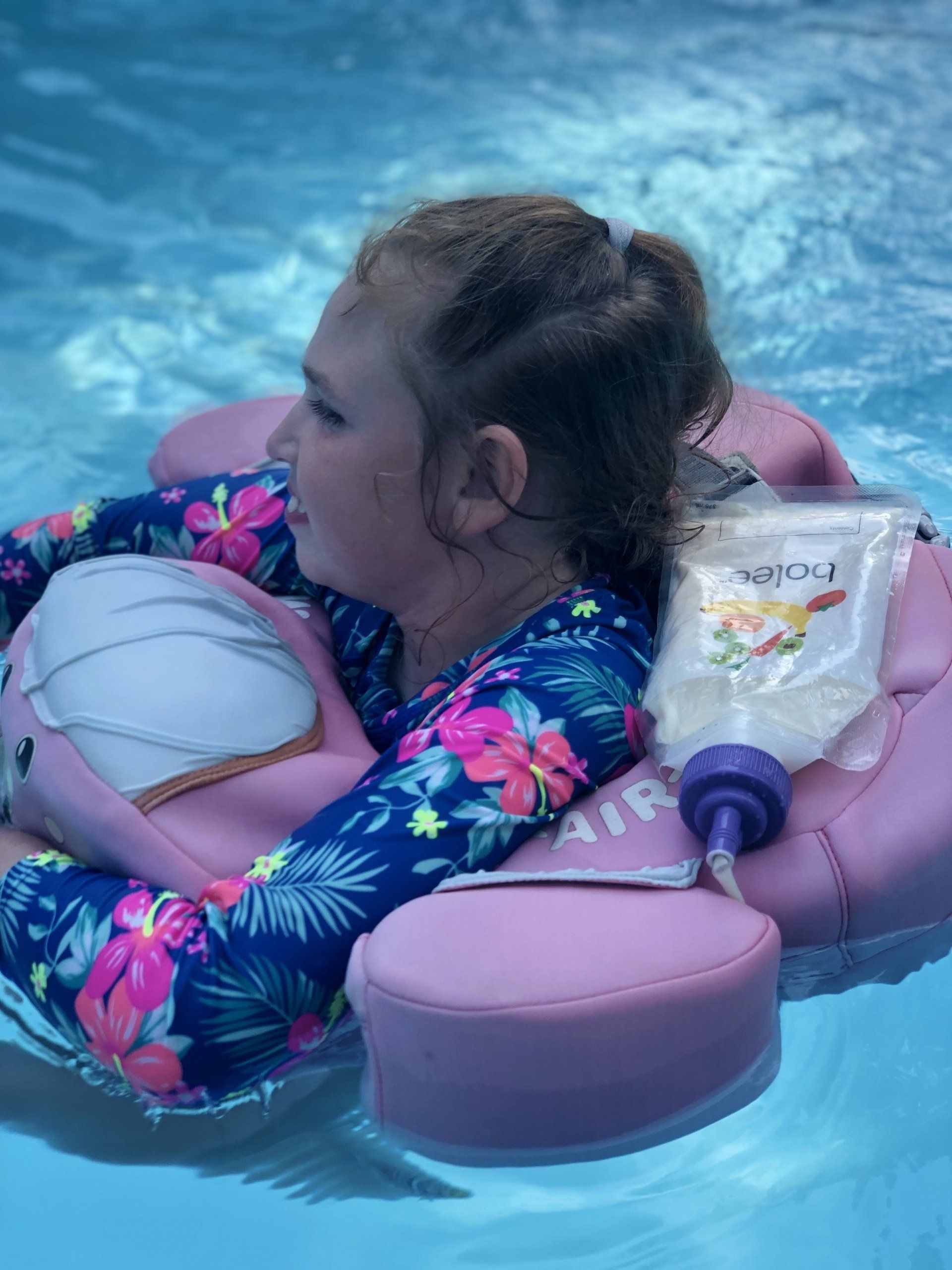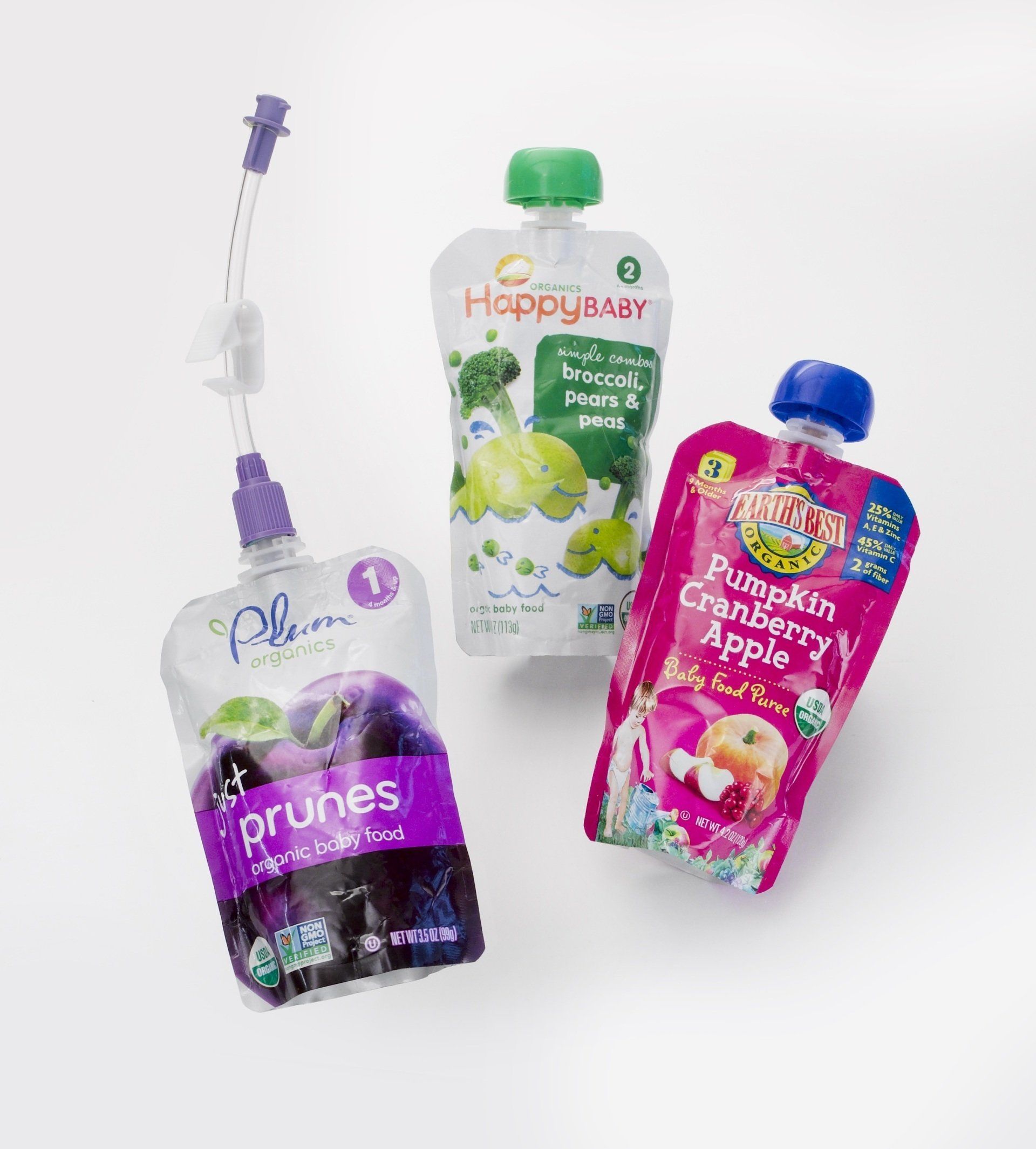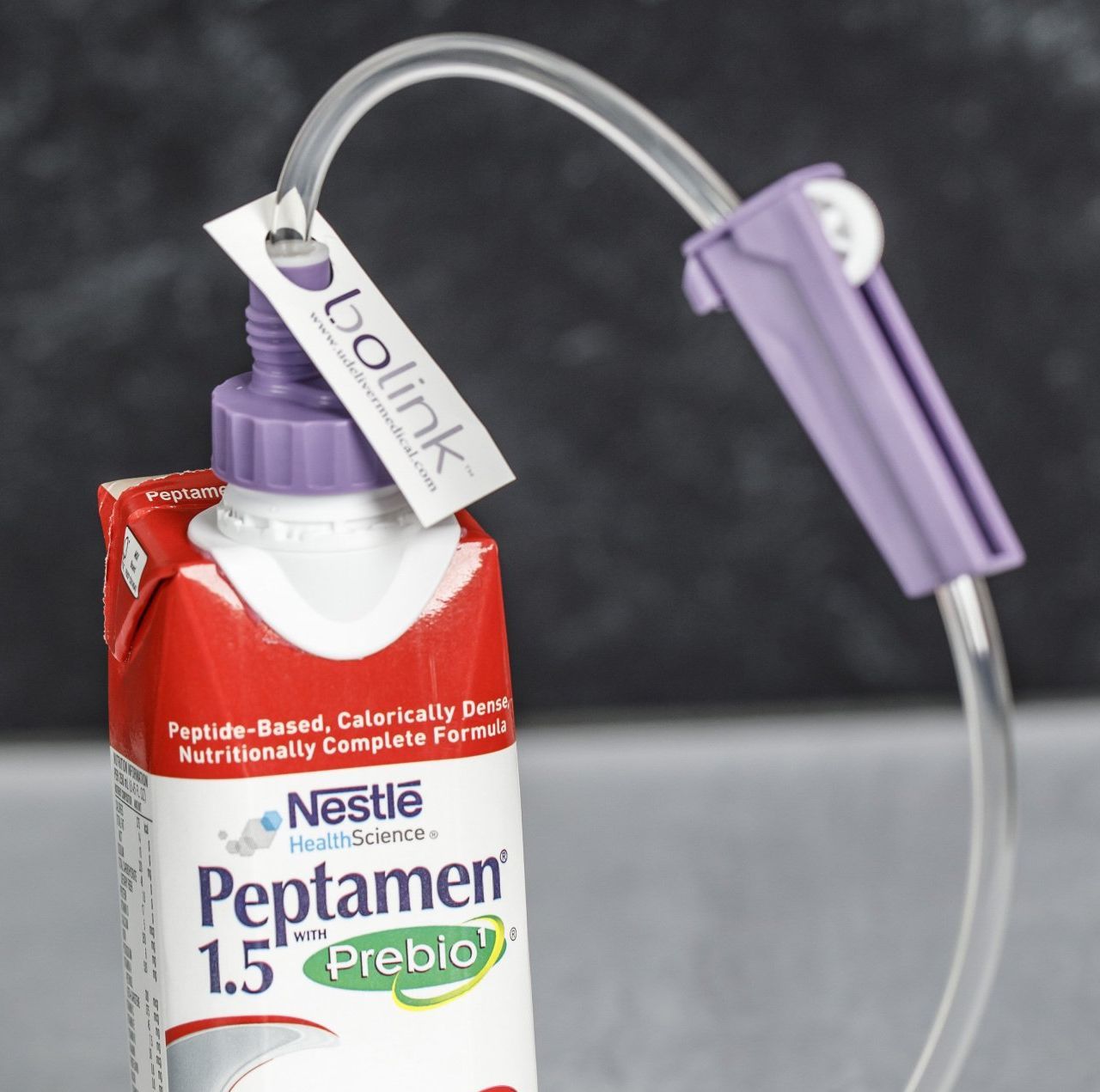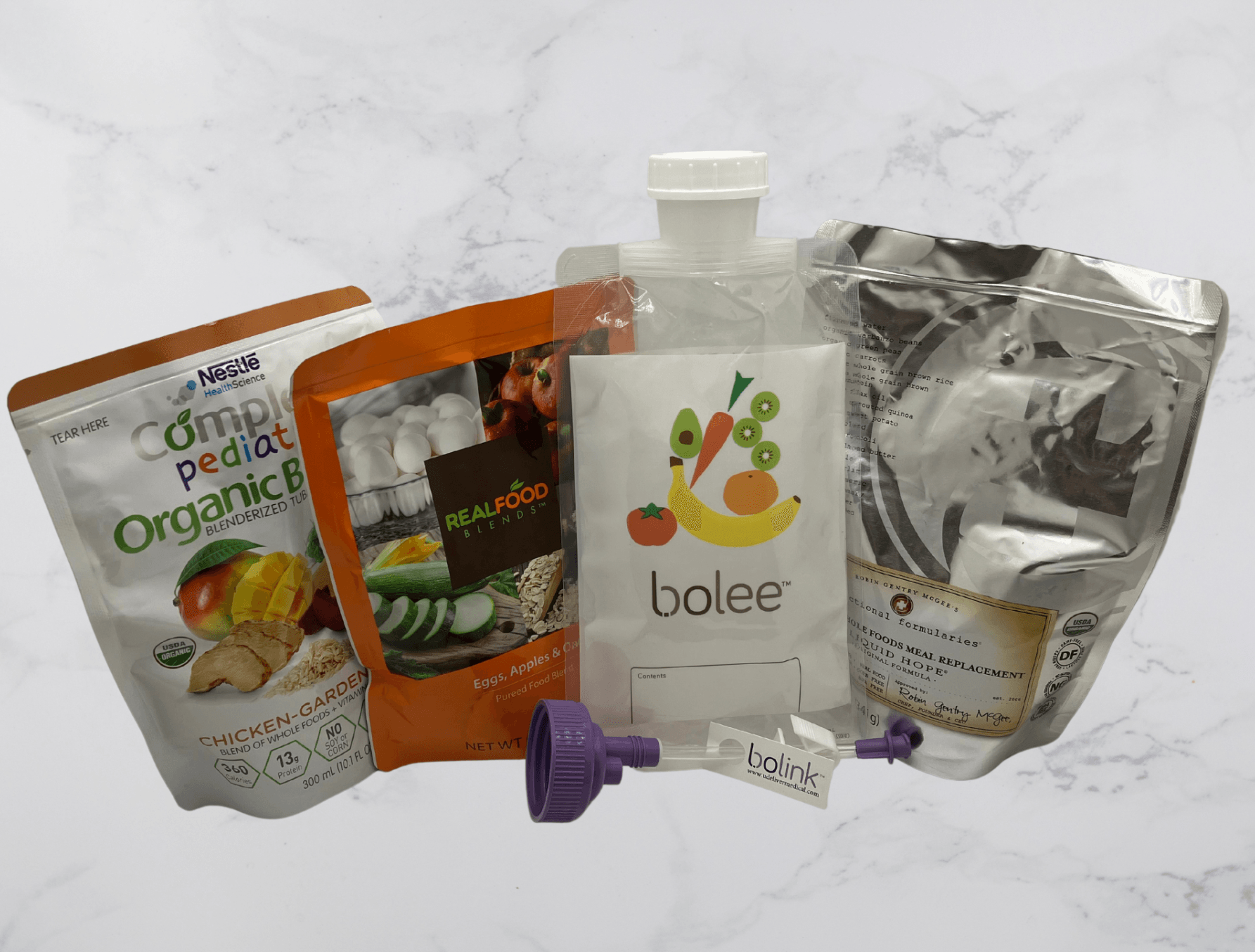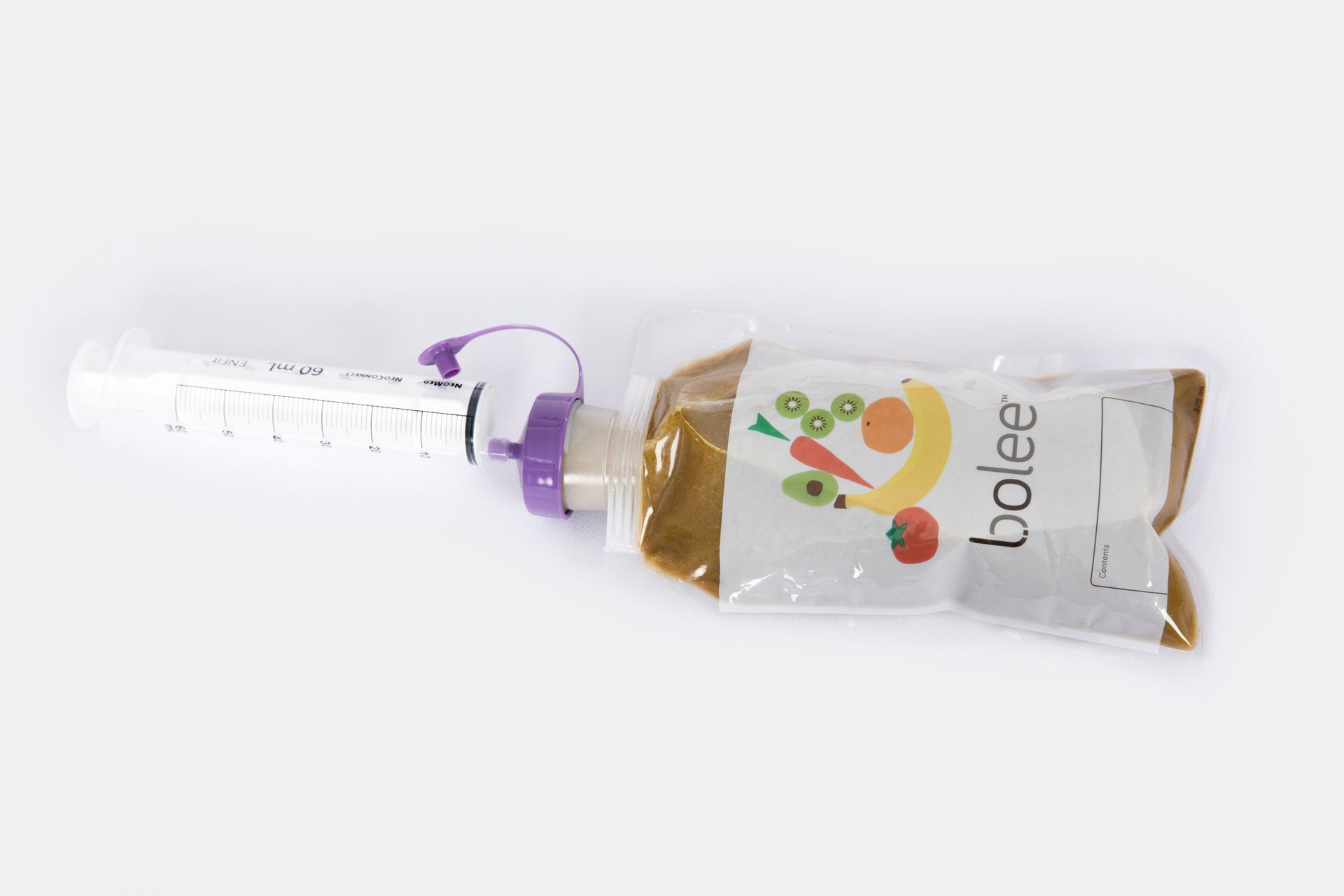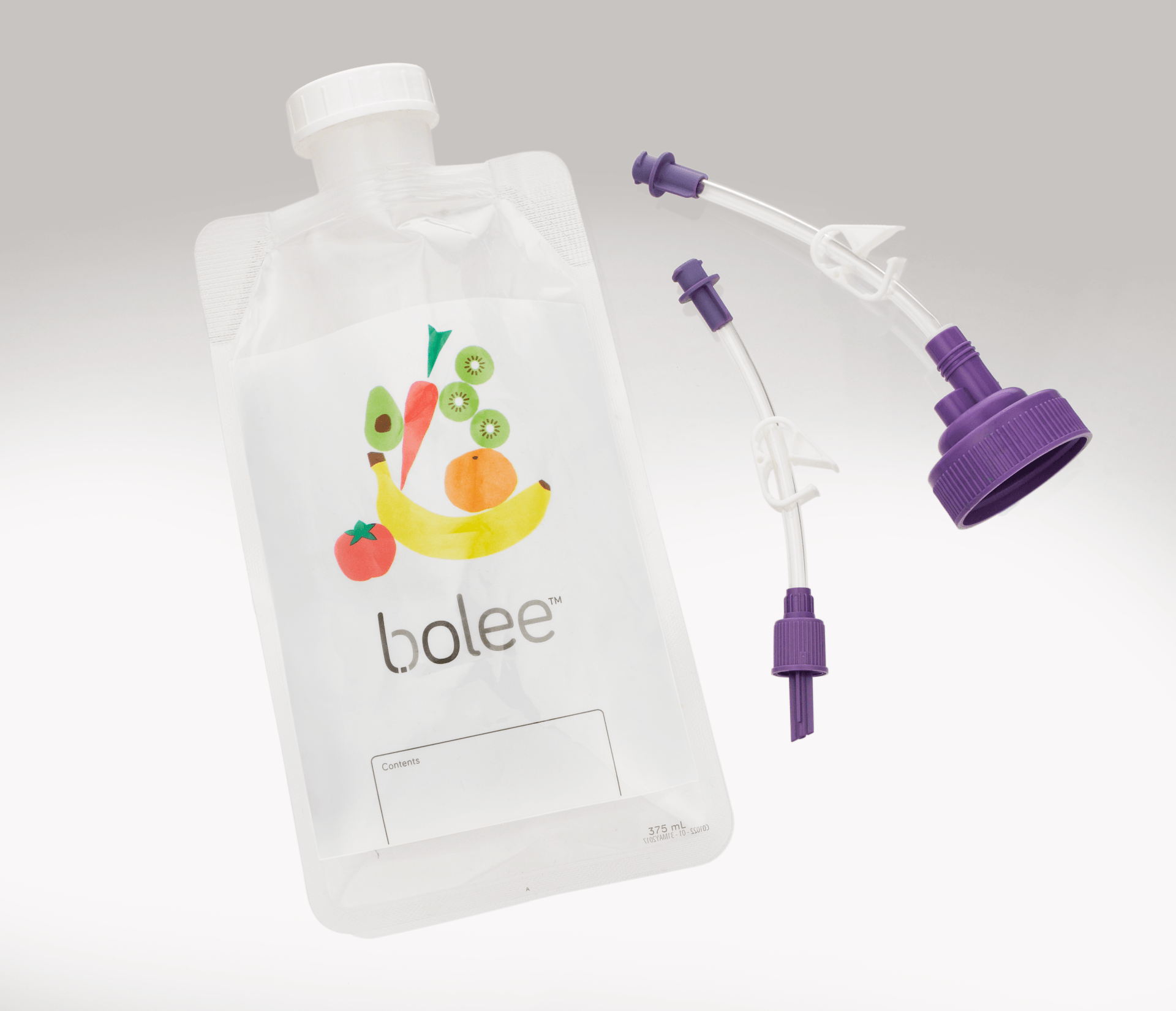Tube Feeding and Meal Time
"Feeding" or a Meal?
Tube feeding practices and protocols typically flow out of the hospital into home. The assumption is that what works in the hospital for the patients is just fine for people at home. That makes continuous feeding the starting point. Continuous tube feeding usually take place over many hours, maybe even 24, at a very slow delivery rate, less than 75 mLs per hour using a pump. That is fine if you're lying on your back or propped up in an ICU bed with a critical illness and one of 2 or 3 patients being taken care of by one nurse.
For most people at home with feeding tubes (like the bFed® customers pictured above) that isn't the case. They aren't critically ill, are pretty active and are able to take care of themselves or have one-on-one care from a loved one. For them, bolus or intermittent feeding is the way to go.
So why is the medical nutrition community so focused on tube feeding as needing a pump that delivers a continuous amount of nutrition and not the idea of eating "meal" or in clinical language - intermittent feeding? Let's go through some of thoughts behind this bias.
Challenging Conventional Wisdom on Tube Feeding
A pump ensures nutritional goals and just easier to use
Two of the assumptions about the disadvantage of 3 meals and a snack (intermittent gravity or bolus tube feeding)and continuous tube feeding are that you're more likely to meet your calorie goals each day on continuous feeding and it is easier to set up a pump feeding schedule. There have been no specific studies comparing delivery methods and meeting nutritional goals but the assumption is that if you're being continuously fed it is more likely that you'll get enough nutrition because the pump is always dripping formula in.
The problem with that way of thinking is that is assumes that the pump is always on. And it isn't. Every time a pump is stopped for whatever reason, the nutrition stops flowing and no one changes the flow rate to make up the difference. Consequently nutrition targets are unmet. With intermittent feeding, each meal is an opportunity make sure you get all the calories you need by just having a complete meal.
In addition to making it easier to meet nutrition targets, having 3 meals and snacks, has been linked to building and maintaining muscles in a few small studies. The benefit comes from the way proteins are synthesized after a meal vs. during continuous feeding. Another impact of not following a meal schedule is the internal clocks in the different organs that help manage the body functions dependent on nutrition have to adjust and this too may impact critical body functions..
Finally, on paper it may seem easier to set up pump feeding, but the reality is much different, especially when you consider the need to carry a pump, dealing with alarms and worrying about flow rates. Using a Bolee Bag and Bolink Large or a Bolink Small Cap connected to a pureed food pouch is simple, clean and easy to do.
Better Toleration
The next assumption on the list is better toleration. Tube feeding intolerance is best understood as not being able to digest your food and having diarrhea, vomiting, bloating after eating; you get the point. Again the assumption is that a slow delivery on tube feeding will make it more "tolerable". Studies again show that at least for hospital patients, there's no difference between continuous and intermittent feeding. From a reading of the literature on the subjects, the experts aren't clear on the connection delivery method and intolerance. In fact some think that there may be a benefit having tube feeding meals.
Better Blood Sugar Managment
Diabetes management is another reason that clinicians like continuous feeding over having tube feeding meals. If you're diabetic managing your sugar levels is critical to maintaining your health. Many clinicians believe that by using a continuous tube feeding schedule provides less variability in sugar levels and makes management easier, but that may be because most protocols for managing glucose levels while tube feeding are built around continuous feeding. Newer studies have shown that there may be no advantage to continuous feeding and that intermittent feeding may work just fine, especially for tube feeders at home. For the none tube fed world, blood sugar levels are managed quite well with the normal eating of 3 meals a day.
Reduction in aspiration risk
The final issue is tube feeding aspiration (having formula or nutrition enter the lungs) is one of the reasons why continuous feeding is done instead of letting people with a feeding tube, just have 3 meals and a few snacks. In fact aspiration risk is one of the main clinical justifications to supply a pump and receive insurance coverage for home pump use. The situations that may cause aspiration are related to lying flat on your back in an ICU bed - supine position (clinical speak for lying flat on your back); large diameter tubes (typical of large diameter nasogastric tubes used for gastric feeding in the hospital); delayed emptying, decreased consciousness and ileus (typical side effects of medications, surgeries and sedatives used to treat critically ill patients).
That's not to say that tubies at home don't have a risk of aspiration. If you eat too fast, quickly fill your stomach and lie down, you may aspirate. On top of that tube feeding is liquid, creating more risk for aspiration, especially if you deliver it too quickly. So the way to avoid this is to follow the advice we all heard from mom, "Slow down, don't eat so fast and enjoy your meal. It's not a race".
Enjoy Your Meal
At the end of the day, delivering your tube feeding by having meals and snacks is just fine. There's no need for a pump and the extra work it brings to the party. Following a meal schedule is just fine, using a intermittent feeding delivery system to make it happen. Over 60% of the people using feeding tubes to provide nourishment do it this way. A meal together with your family and friends is the most natural thing to do. And, the bFed System can help you do this. There's no need for messy syringes with the need to fill and refill or try to pour the nutrition down the syringe.
U Deliver Medical puts the "YOU" in tube feeding.
